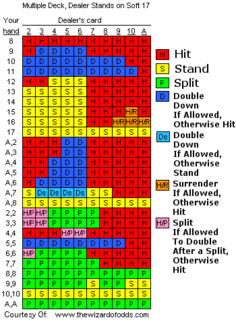
A strategy can be based on divergences or convergences.The uniqueness of the signal involved, the timing (how long it will be held), or the execution give a trader an edge to beat the market and profit.
Traders get enmeshed with complicated formulas and technical indicators. Either the indicators converge in their signals or they are divergent. Price action and where a security opens and closes on the chart with chart formations considered is a primary indicator. Time of Day where volume and price action is more inclined to follow certain patterns (such as filling gaps after the open or closing near the high of day on bullish trend days) can be considered a useful factor.
Fundamentals can also be factored in without subjective nuisance by its simple headline taken as a positive or negative signal. This includes earnings releases and general news or even P/Es.
Volume of trades or number of contracts or shares traded can be used to gauge positive or negative interest.
The reflexive nature of indexes and markets can be utilized through oscillating indicators, Fibonacci retrace numbers and targets, pivot points, daily and 2 day highs and lows and even the nature of the day involved in intraday trading.
Support and resistance and trend lines as well as moving averages can give signals as to market sentiment being bullish, bearish or undecided.
A strategy for trading is simply placing into consideration a combination of these or other types of factors in a manner that is useable by the trader involved.Care should be taken to involve different enough factors to give the trader a good chance to have a successful trade but not so many individual parts as to involve the trader in an exercise towards perfection of entry.
Once a strategy for entry is developed risk management is incorporated into the plan to further increase the likelihood of success.